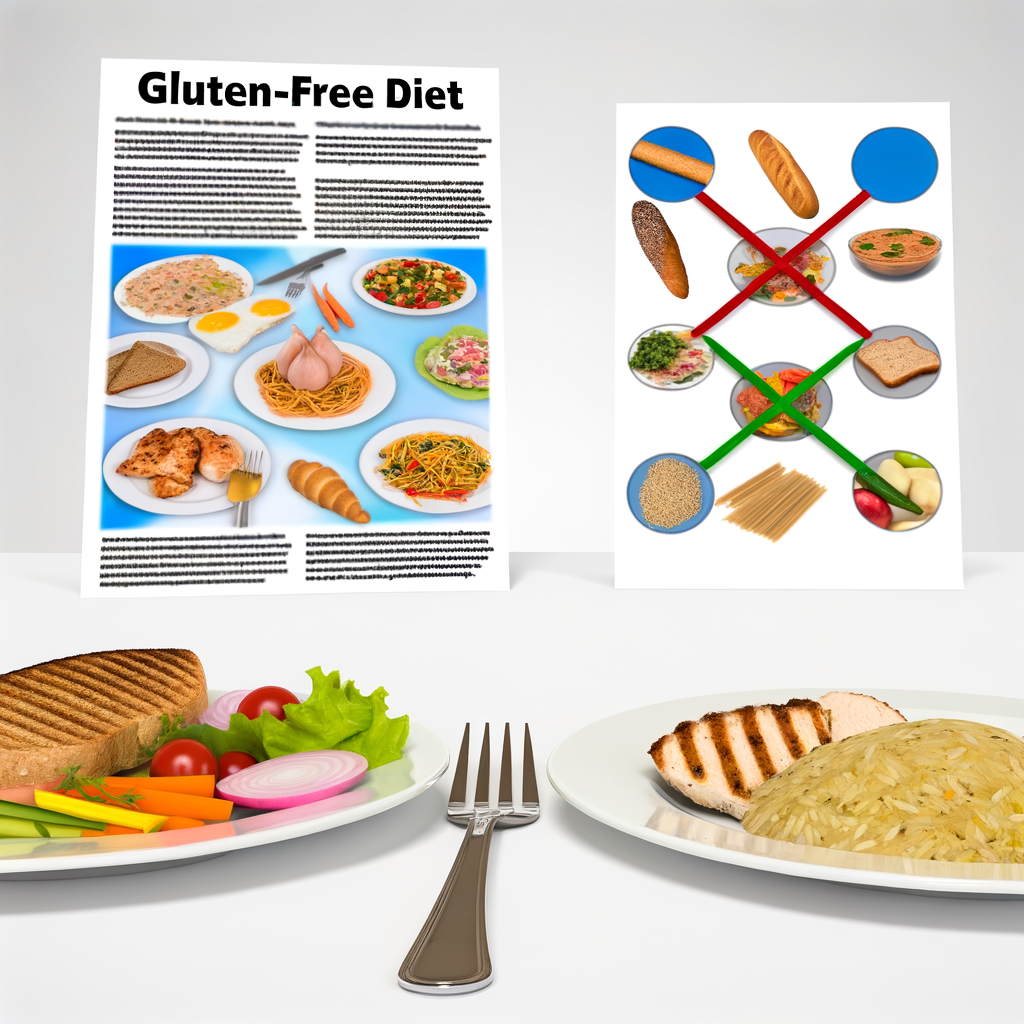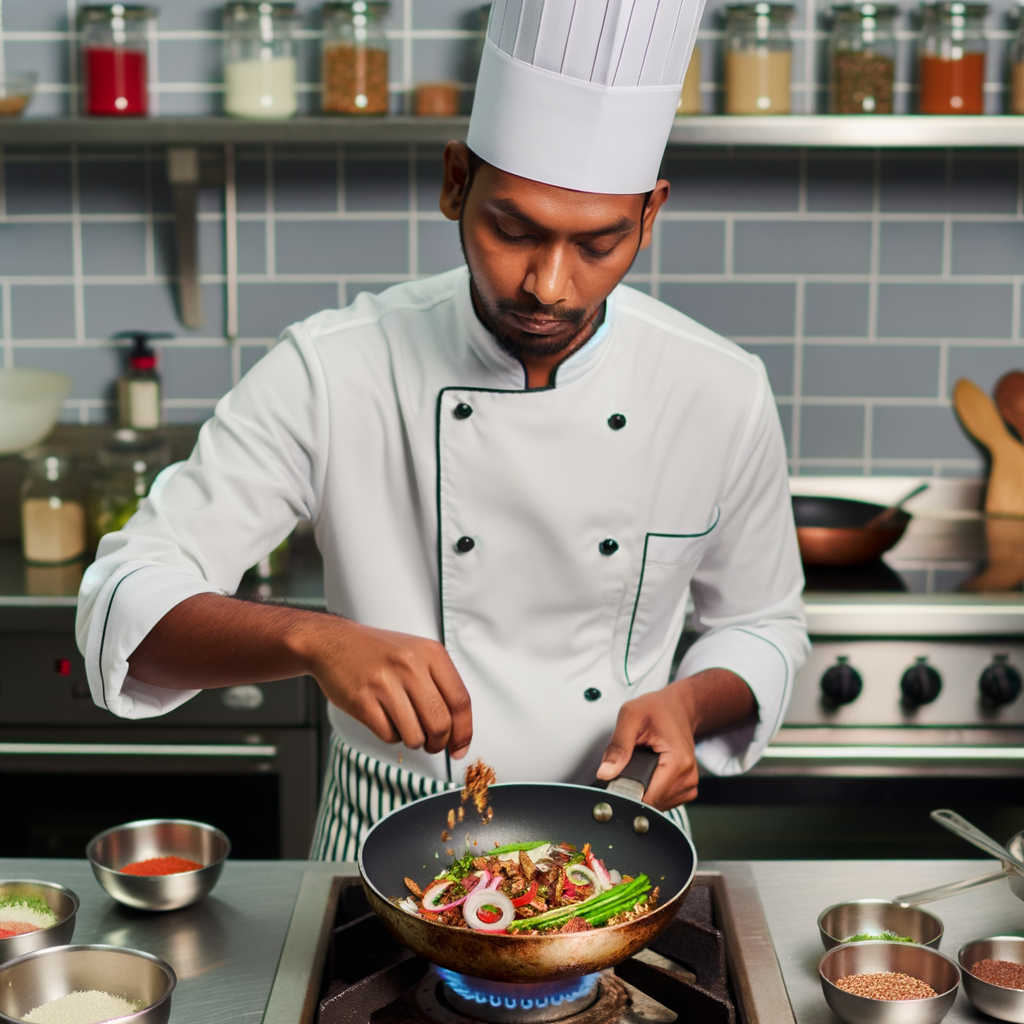As dietary preferences continue to evolve, gluten-free options have become increasingly popular in European cuisine. This dietary restriction, once considered a fad, has now become a necessity for many individuals. With the rise of celiac disease and gluten intolerance, it’s important for chefs to understand how to accommodate this dietary preference in their dishes.
Gluten, a protein found in wheat, barley, and rye, can cause severe discomfort and even damage to the small intestine for those with celiac disease. For others, gluten may trigger digestive issues and inflammation. With this in mind, it’s crucial for chefs to understand how to prepare gluten-free meals that are both safe and delicious.
Luckily, many traditional European dishes can easily be adapted to be gluten-free. From classic French coq au vin to Italian risotto, there are countless gluten-free options to choose from. By substituting gluten-containing ingredients with alternatives like rice flour, almond flour, or cornstarch, chefs can create delicious gluten-free meals that still maintain the traditional flavors of European cuisine.
In addition to adapting existing recipes, chefs should also be mindful of cross-contamination in the kitchen. It’s important to have separate utensils and cooking surfaces for gluten-free dishes to avoid any accidental exposure to gluten. Creating a designated gluten-free cooking area can go a long way in ensuring the safety of your gluten-free diners.
Embracing gluten-free in European cuisine doesn’t mean sacrificing flavor or quality. With a little creativity and attention to detail, chefs can create delectable dishes that cater to those with dietary restrictions. By embracing gluten-free, we can make European cuisine accessible to all and continue to celebrate the diversity of our culinary heritage.





